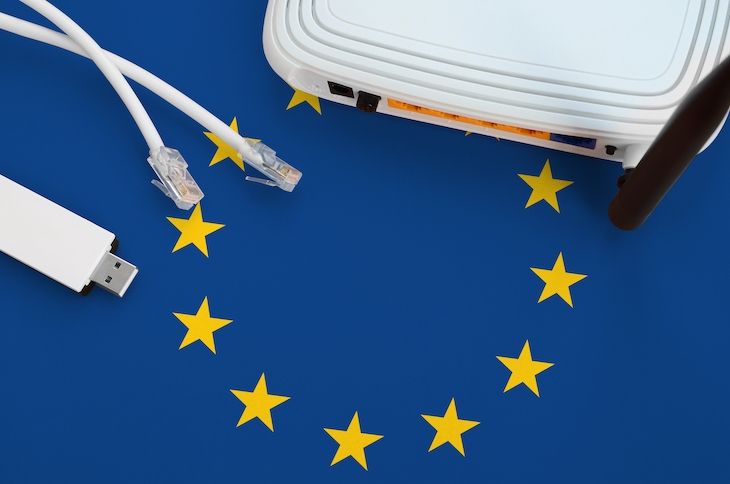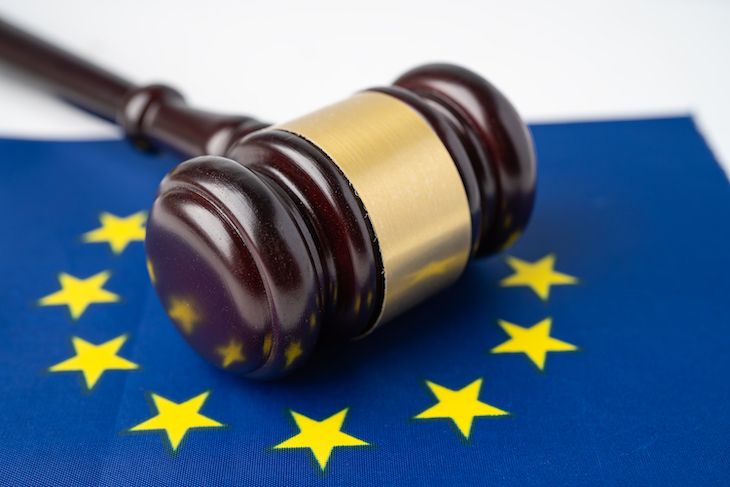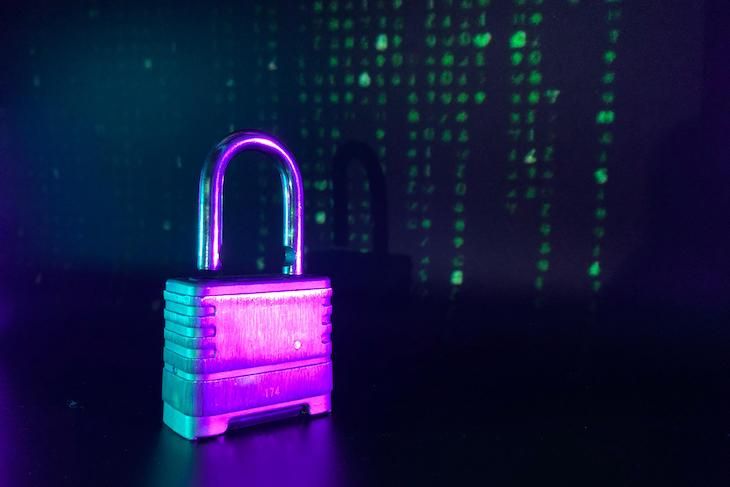What the EU NIS2 Directive Is and How to Be NIS2 Compliant


In the dynamic and ever-shifting realm of cybersecurity, the Directive on measures for a high common level of cybersecurity across the Union (NIS2 Directive) has emerged as a cornerstone framework, designed to ensure the safety of critical network and information systems across the European Union.
This recent directive, which has entered into force, holds considerable significance, casting far-reaching implications for diverse sectors and entities operating within the EU.
In this article, we will delve into the key elements of the NIS2 Directive and shed light on the vast scope of NIS2.
The NIS2 Directive constitutes an integral component of the strategic initiatives established by the European Commission. Its primary objective is to establish an elevated and shared standard of cybersecurity encompassing all member states.
Differing from its predecessor, this directive encompasses a broader spectrum of sectors and extends its jurisdiction to pivotal entities responsible for upholding the security and integrity of critical infrastructure.
It underscores the paramount significance of risk mitigation, incident handling, and information sharing within the context of an intricately interlinked digital landscape.
The NIS2 Directive grants member states the authority to synchronize their national law with the collective aims of the European Union. By upholding adherence to the NIS2 Directive, organizations contribute to cumulative resilience against cyber threats.
The NIS2 Directive casts a wide net, encompassing a diverse array of sectors vital to the business continuity of the European Union, leaving no stone unturned in its mission to fortify the cybersecurity landscape.
The NIS2 Directive pertains to two distinct categories of entities that play vital roles in the EU's internal market – essential entities (EEs) and important entities (IEs).
Essential entities encompass sectors critical to the functioning of society and economy, including energy, transport, healthcare, water, space, public administration, digital infrastructure, as well as banking and financial markets.
On the other hand, important entities encompass sectors such as postal and courier services, waste management, chemicals, food, and manufacturing.
Furthermore, the scope of the NIS2 Directive extends to digital services providers (DSPs), which encompass a variety of online entities, including search engines, online marketplaces, social networks, cloud computing providers, data centers, domain name system service providers, electronic communications networks or services providers, trust service providers, e-commerce platforms, online gaming platforms, online payment gateways, and manufacturers or providers of smart devices or software products.

The NIS2 Directive consists of 9 chapters that cover different aspects of cybersecurity in the EU. Here are some of the key elements of each chapter:
At the heart of this directive lies a profound connection between risk management and incident response, two vital components that fortify an organization's defenses in the face of relentless cyber threats.
An organization's ability to navigate the complex landscape of cyber threats begins with a robust risk management framework. By proactively identifying potential vulnerabilities and assessing their impact, organizations can effectively allocate resources to protect critical assets. This pre-emptive approach aligns perfectly with the directive's emphasis on risk management.
However, risk mitigation alone is incomplete without a well-crafted incident management strategy. Cyber attacks, despite all preventive measures, can breach even the most fortified defenses. This is where incident response steps in.
A meticulously structured incident response plan, tailored to the NIS2 guidelines, facilitates swift and coordinated reactions to cyber incidents. Detection, containment, eradication, and recovery are seamlessly orchestrated, minimizing damages and reducing downtime.
Just like precise gears working together in a well-crafted clock, the smooth collaboration between a strong risk management framework and a carefully designed incident response plan is essential. This ensures that an organization's cybersecurity functions impeccably, even when dealing with the complex challenges posed by cyber threats.

Navigating the complex landscape of the EU NIS2 Directive can be a formidable task, but with careful planning and strategic execution, organizations can ensure they are fully compliant with its requirements. Here are some best practices to consider when embarking on the journey to NIS2 compliance:
Begin by conducting a thorough assessment of your organization's operations to identify the sectors you operate in and the critical assets and information systems that fall under the purview of the NIS2 Directive. This step lays the foundation for an effective compliance strategy tailored to your organization's unique needs.
Pinpoint the critical assets and information systems that play a pivotal role in your organization's functioning. Implement heightened security measures for these assets to ensure their protection against potential cyber threats.
Establish a comprehensive risk management framework that evaluates potential cybersecurity risks and vulnerabilities. Prioritizing risks based on their potential impact and likelihood enables you to effectively allocate resources to address the most critical threats.
Craft a well-defined incident response plan that outlines step-by-step procedures to follow in the event of a cybersecurity incident. Your plan should encompass detection, containment, eradication, and recovery strategies, aligned with the NIS2 Directive's guidelines.
This comprehensive incident response framework will empower your team to swiftly identify and classify threats, confine their propagation, eliminate their presence, and diligently restore systems to normalcy. And ultimately, this will bolster the resilience of your digital infrastructure and safeguard sensitive data from emerging cyber risks.
For a seamless integration of risk management and incident response within the framework of NIS2 compliance, consider exploring advanced platforms that offer incident response services and SIEM capabilities, like Logsign's Unified Cyber Security Operations Platform.
These services and platforms offer specialized expertise and tools that can enhance your organization's overall cyber resilience and help you navigate the complexities of the directive with unmatched efficiency and precision.
Foster collaboration among different departments and stakeholders within your organization. Effective communication and coordination are vital to ensure that compliance efforts are synchronized across various functions, promoting a cohesive approach to cybersecurity.
Invest in training programs to educate your workforce about the NIS2 Directive, cybersecurity best practices, and incident response protocols. An informed and vigilant workforce is a crucial line of defense against potential threats.
Periodically assess the effectiveness of your compliance efforts through regular testing, simulation exercises, and incident response drills. These evaluations help identify gaps in your strategy and provide opportunities for refinement.
Stay vigilant and adaptive in the face of evolving cyber threats. The cybersecurity landscape is dynamic, and your compliance strategy should be flexible enough to accommodate new challenges and emerging risks.
Maintain detailed documentation of your compliance efforts, risk assessments, incident response procedures, and any changes made to your strategy. This documentation not only ensures transparency but also supports continuous improvement by learning from past experiences.
As the EU NIS2 Directive reshapes the cybersecurity landscape, the journey toward compliance takes on a new dimension. It's not merely about meeting regulatory requirements; it's about empowering your organization to navigate the digital realm with confidence and resilience.
In this pursuit, a trusted partner can make all the difference, and that's where the Logsign Unified Security Operations Platform shines.
Logsign has revolutionized cybersecurity operations by consolidating critical components – security information and event management (SIEM), threat intelligence, UEBA, and automated detection & response – into a single, integrated solution. This platform isn't just a tool; it's a strategic ally in your quest for NIS2 compliance and beyond.
By embracing the Logsign USO platform, organizations can:
If you're looking to navigate a path toward digital security, adaptability, and operational success, we warmly welcome you to explore the live demo of Logsign's Unified Security Operations Platform and discover how its cybersecurity capabilities can benefit your journey.